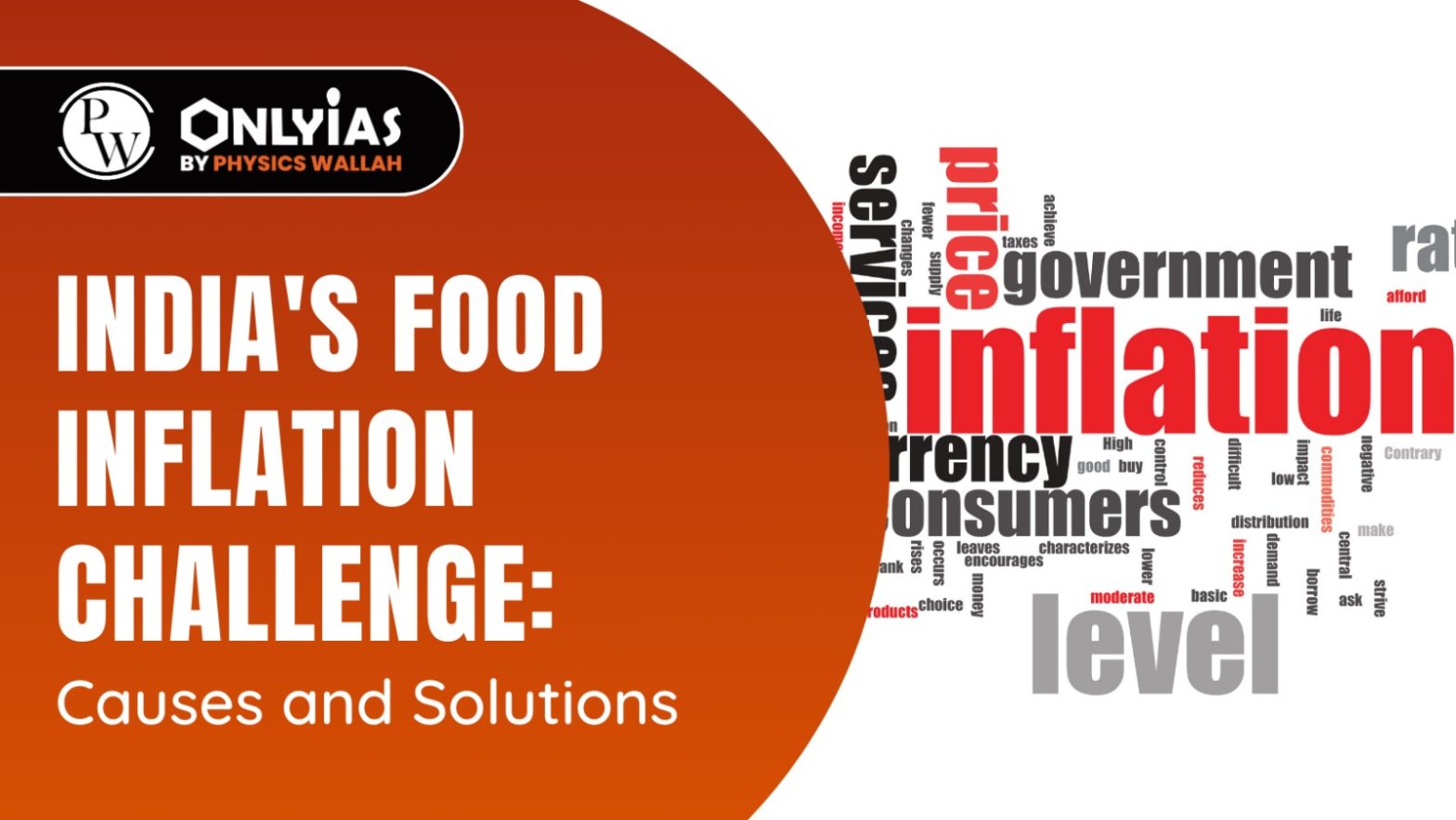![]() 21 Sep 2023
21 Sep 2023

Context: This article is based on an Editorial “ Where has India’s record wheat and rice output gone?” which was published in LiveMint. This article is expressing the concerns of the food inflation trend observed in India. It also focuses on the recent steps taken by the Indian government for wheat and rice procurement and marketing.
| Relevancy for Prelims: Inflation, Minimum Support Price and agriculture, Agricultural Reform & APMC Act, E-NAM.
Relevancy for Mains: Food Inflation and steps taken by the government to combat it, Impact of Inflation on Indian Economy. |
|---|

<div class="new-fform">
</div>